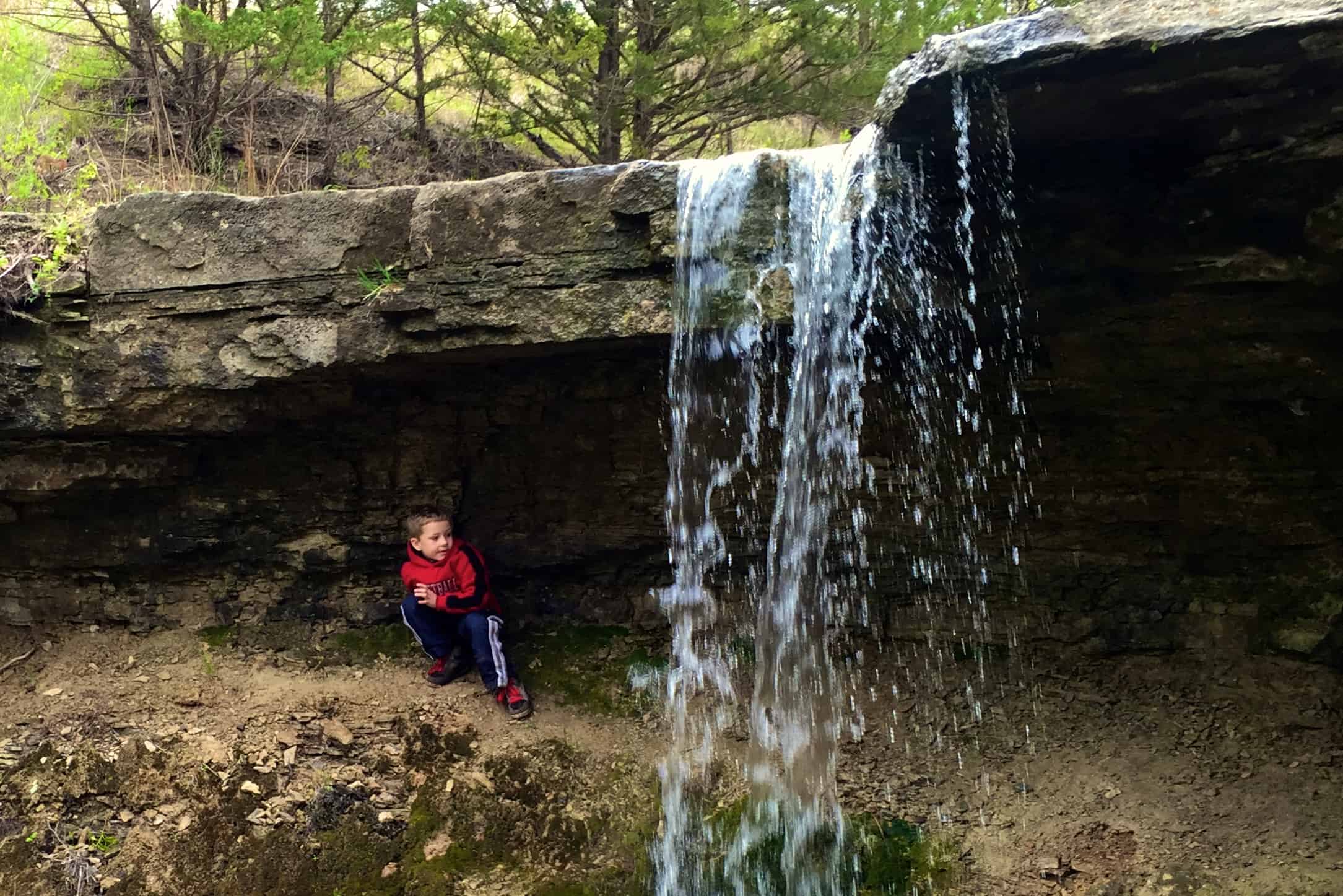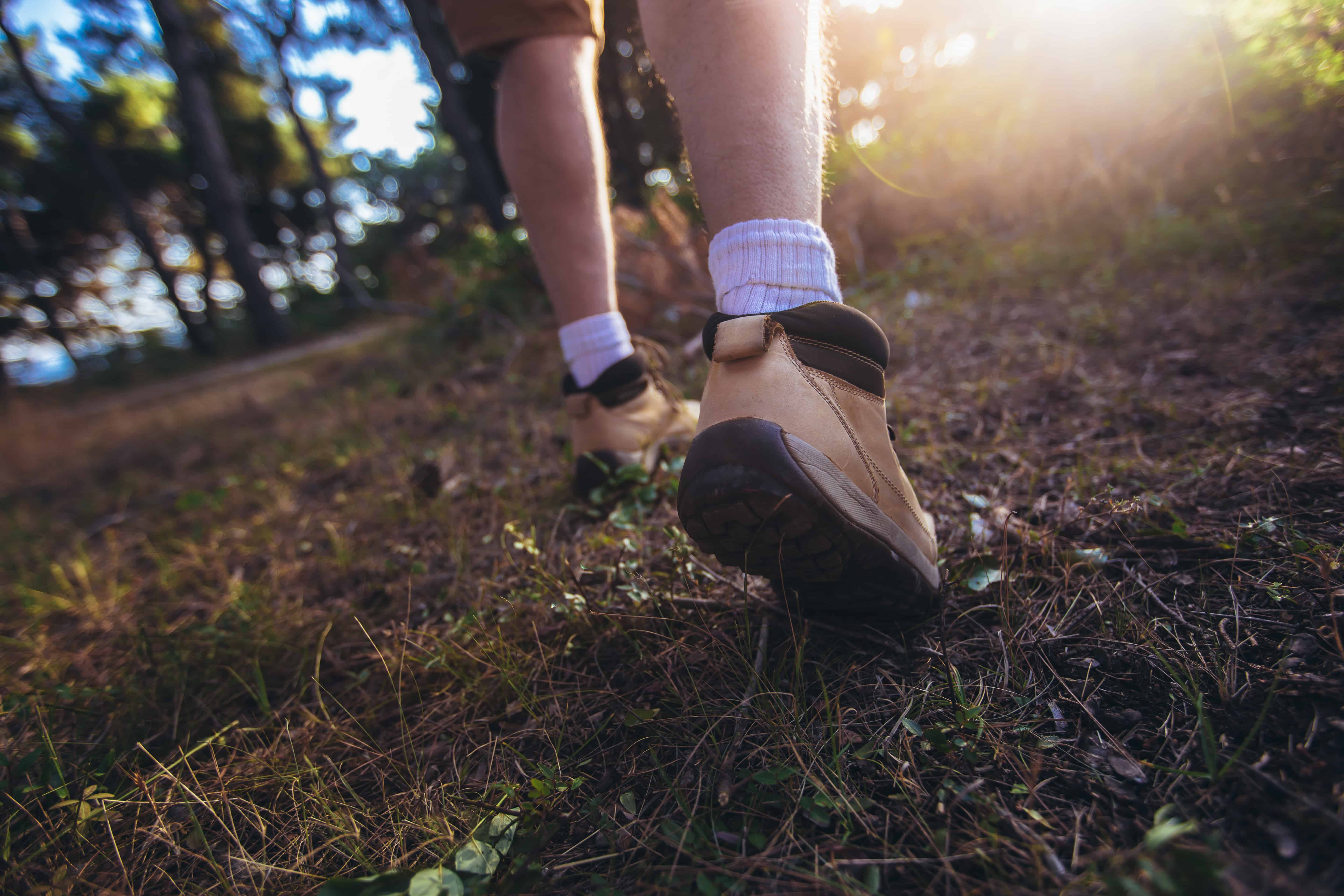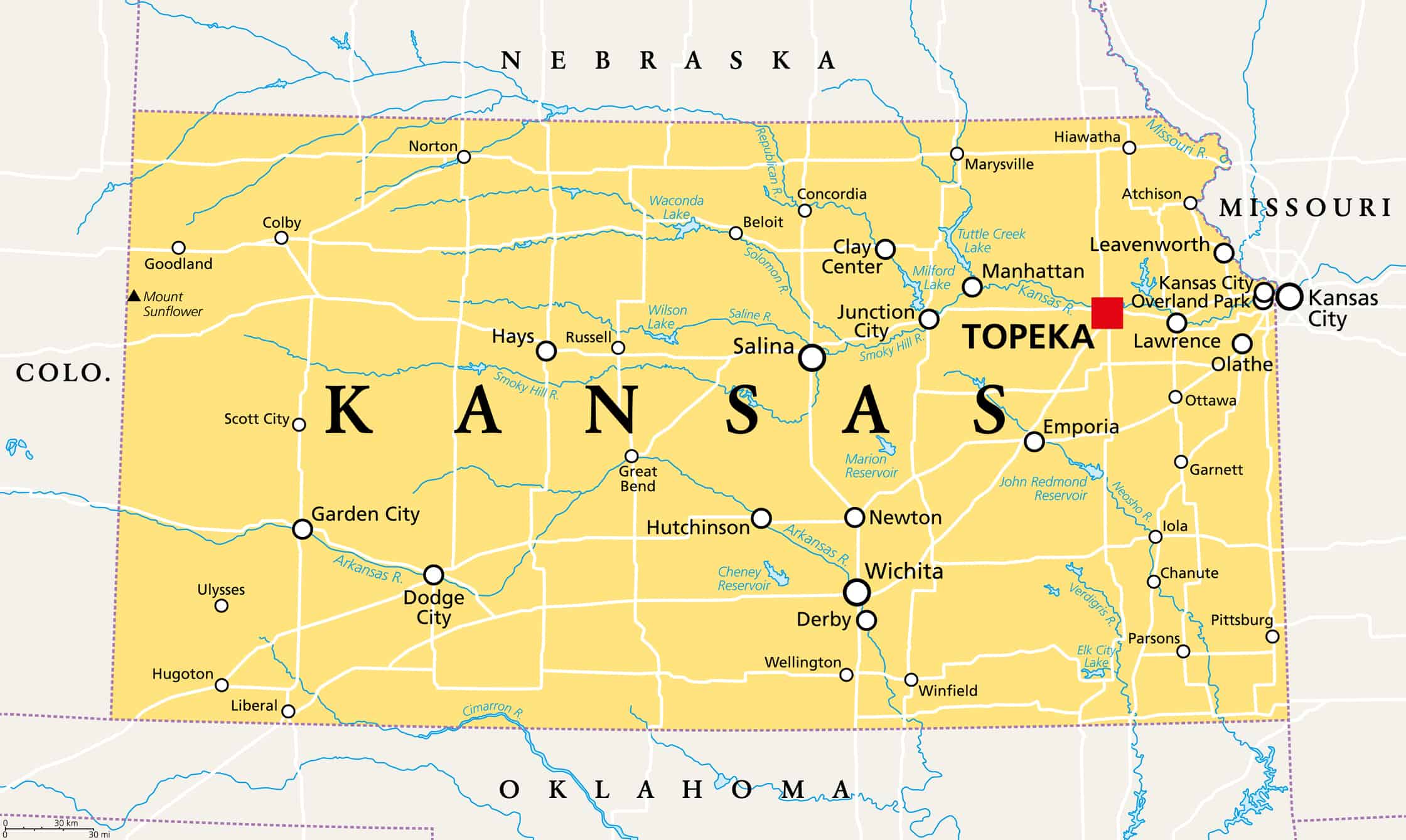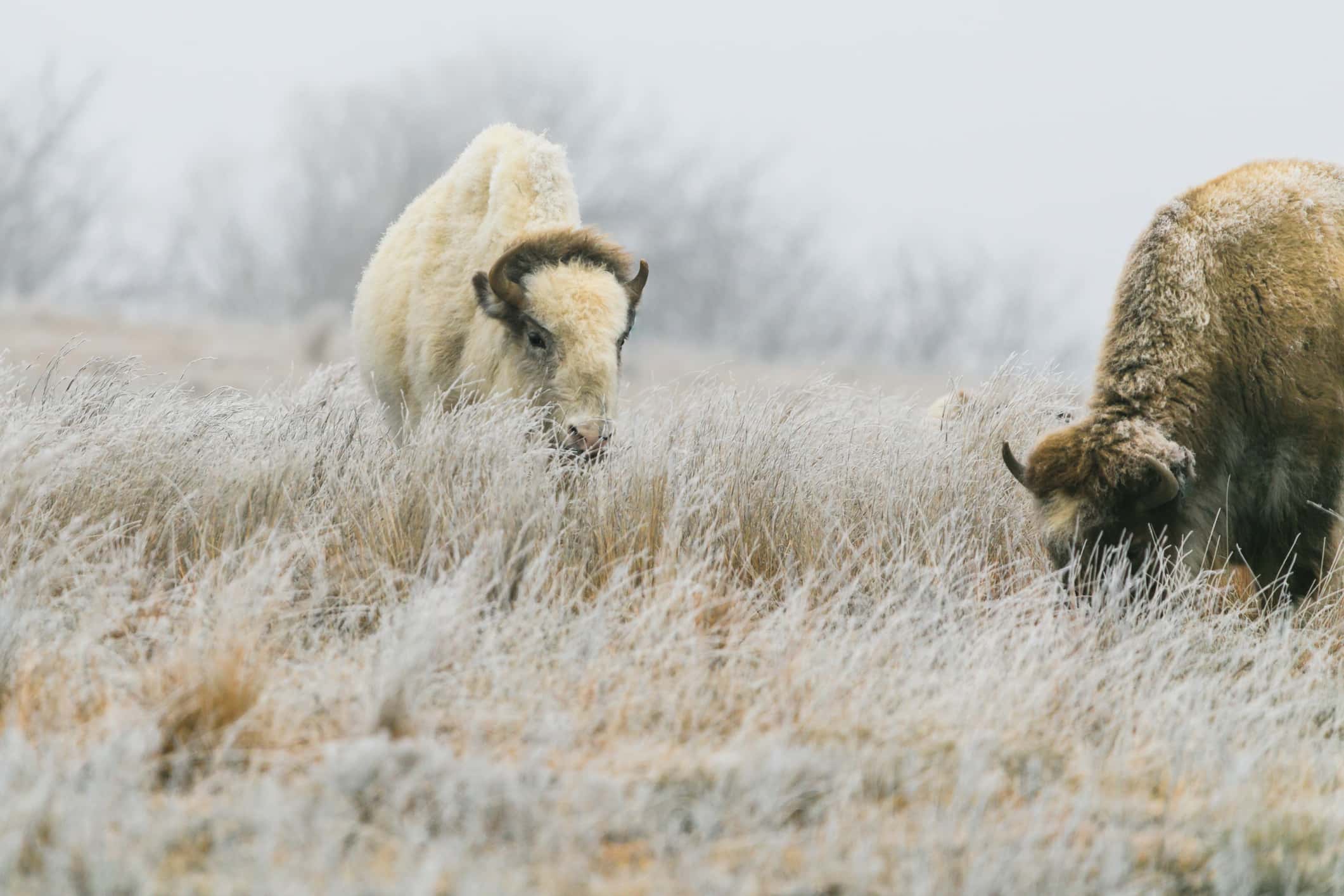While the state of Kansas might conjure images of flat grasses and wheat fields, there’s a lot more to explore for adventurous outdoor lovers. The state’s natural springs serve as a source of life for humans, plants, and animals. They also provide a place to cool off and are beautiful to behold.
Additionally, Kansas has a lengthy history. Its land tells the story of pioneers traveling west and sadly, Native Americans forced out of their homes. The springs themselves are a major part of Kansas’ story. Here’s how to find these four can’t-miss natural springs in Kansas.
Types of Natural Springs in Kansas
A spring is a place where groundwater naturally emerges. Hot springs, as their name suggests, bring warm or hot water to the surface. Although Kansas does not have any hot springs, the state’s regular springs served as a source of water for thousands of years, according to the Kansas Geological Survey.
In Kansas, relatively little information has been collected about the state’s springs, despite their importance as a source of life. References to important springs in Kansas are scattered here and there in literature.
Believe it or not, there are many different types of springs. Most of the springs in Kansas are gravity springs, which means that water is pushed to the surface by the action of gravity. However, a few artesian springs also exist in the state. These springs occur when artesian pressure forces water to the surface.
1. Alcove Springs
Alcove Springs plays a fascinating role in the history of Kansas. According to National Park Services, immigrants often spent several days here waiting for river levels to drop enough for a safe crossing. These travelers carved their names in the surrounding rocks, some of which remain to this day.
Members of the Donner Party camped at Alcove Spring in 1846. The Donner Party was a group of American pioneers traveling from the Midwest to California in a wagon train. The group infamously became snowbound in the Sierra Nevada Mountain Range and some members resorted to cannibalism to survive.

Alcove Springs features a beautiful waterfall.
©Aaron Hall (vitahall) / CC BY-SA 2.0, Flickr – Original / License
Before this, Edwin Bryant of the Donner party wrote an in-depth description of Alcove Springs and even gave the area its name. Bryant wrote:
“We found a large spring of water, as cold and pure as if it had just been melted from ice. It gushed from a ledge of rocks, which composes the bank of the stream, and falling some ten feet, its waters are received into a basin.”
Bryant also described the spring as “one of the most romantic spots I ever saw.” He continued, “We named this the ‘Alcove Spring’ and future travelers will find the name graven on the rocks, and on the trunks of the trees surrounding it.”
How to Access the Natural Spring
Alcove Spring is now a part of a 300-acre park in northeastern Kansas, about six miles south of Marysville on the River Road. Highway signs should point visitors in the right direction. From the parking lot, an easy quarter-mile hiking trail leads visitors to the natural spring.
2. Angel Falls
Angel Falls is located within a public park in Lansing, KS. According to State Travel Guides, the park takes its name from the Angel family, who owned the land before it was developed into a park.
The 5-acre park includes walking trails, picnic tables, an amphitheater, and a waterfall. A natural spring runs through the park and cascades over large rocks, creating a waterfall, before feeding into Mill Creek. The outlet reports that visitors can view the waterfall or play in the shallow pool below it.

Access the waterfall at Angel Falls via a short trail walk.
©adriaticfoto/Shutterstock.com
How to Access the Spring
Angel Falls is located within Lansing, a city on Kansas’ eastern side. Lansing lies beside the Missouri River which serves as a border between Kansas and Missouri.
The park is located at 900 Ida Street and the waterfall and spring can be accessed via the Angel Falls Trail.
3. Central Park Spring and Waterfall
Located in Marion, KS, Central Park Spring is a natural spring that was used in the state’s early days. Unfortunately, a devastating flood occurred in the area in 1951, writes kansastravel.org. The original spring fell into disrepair and became more of a mudhole.
Technically Central Park Spring is no longer an entirely natural spring. Paul K. Brooker left money for the spring to be repaired in 2001. The donation was left in honor of Brooker’s father, a former mayor of Marion.
Today the spring includes a manmade waterfall that cascades into a small pool. The water continues to the south and eventually joins Luta Creek on the southwest side of Central Park.

Central Park Springs is located in Marion, KS, a town not far from Topeka.
©iStock.com/PeterHermesFurian
How to Access the Spring
Central Park Springs is located in Marion, a city in central Kansas about an hour and a half southwest of Topeka. It is within Kansas’ Central Park. To reach the spring, enter the park from East Main Street. The spring is to the left, about 200 feet from the street. You will likely hear the waterfall as you get closer.
4. Lake Scott State Park
For those in Kansas looking to swim in a natural spring, one of the best options is to visit Lake Scott State Park. There’s no shortage of opportunities to enjoy the great outdoors in this area. Visitors can partake in fishing, horseback riding, hiking, camping, and of course swimming.
You may also spot a variety of wildlife, including red-headed woodpeckers, wild turkeys, white-tailed deer, bobcats, and beavers. In 2019 visitors even captured a photo of a rare white bison in Lake Scott State Park.
The area is also home to several historic sites. According to the Kansas Department of Wildlife, Parks, and Tourism, a man named Herbert Steele was one of the first settlers in Scott County. He arrived in 1888 and later married Eliza Landon.
Their first home was a simple dugout. They eventually updated it into a four-bedroom house made of sandstone from the surrounding area. The home has been preserved and serves as a museum to this day.

Visitors to Lake Scott State Park may observe a number of wildlife, including bison.
©Marine2844/ via Getty Images
Centuries before Herbert Steele arrived in the area, Taos Native Americans fled Spanish rule to the park region. They constructed pueblos and built an irrigation system using water from the nearby spring. The pueblos earned the name El Cuartelejo or “old barracks or building.”
In the late 19th century, Steele discovered the pueblo ruins. Today the El Cuartelejo Ruins are a National Historical Landmark and visitors can see the site with its foundation reconstructed. The state park is also home to the Battle of Punished Woman’s Fork, the site of the last Kansas Native American battle.
How to Access the Natural Spring
Lake Scott State Park is located in western Kansas, between Oakley and Scott City on K 95. Vehicle permits are needed to enter the park and can be purchased online, from the office, or at a self-pay station.
The park’s designated swimming area is located on the northern portion of the 100-acre spring-fed lake, with a parking lot, concessions, showers, and bathrooms nearby. Swimming areas are delineated by buoys and other markers. For more help finding the swimming area, see the state park’s map.
Summary of 4 Natural Springs in Kansas
| Natural Spring | Location |
|---|---|
| Alcove Spring | Marshall County |
| Angel Falls | Lansing, KS |
| Central Park Spring | Marion, KS |
| Lake Scott State Park | Scott City, KS |
The photo featured at the top of this post is © Matthew Fowler/ via Getty Images
Thank you for reading! Have some feedback for us? Contact the AZ Animals editorial team.







